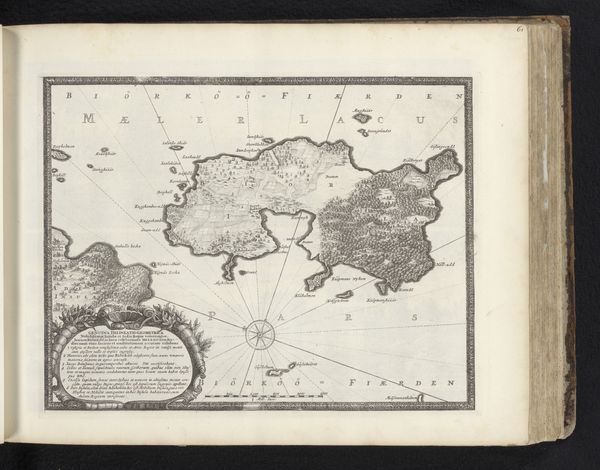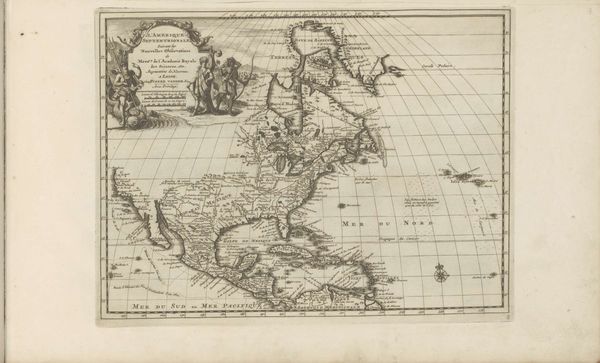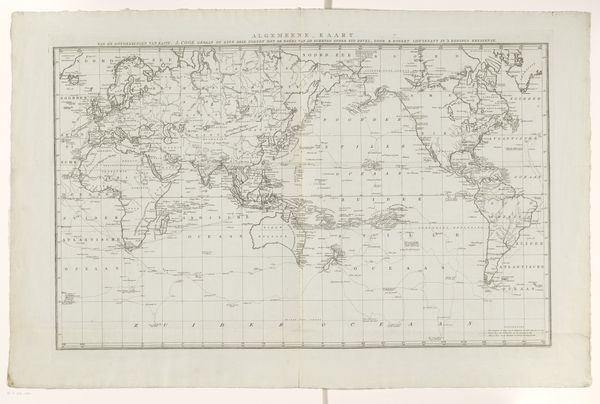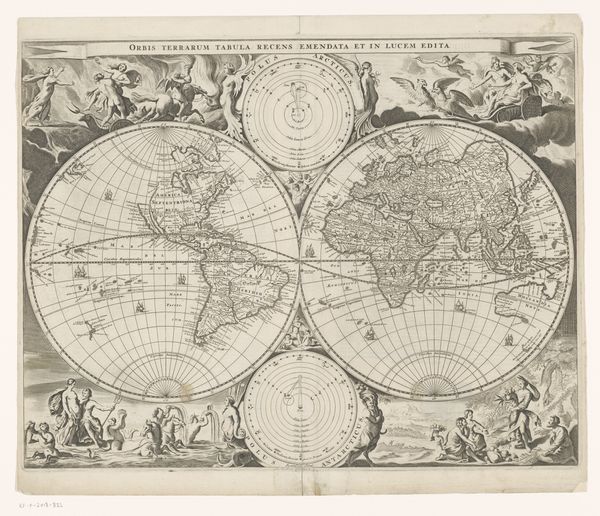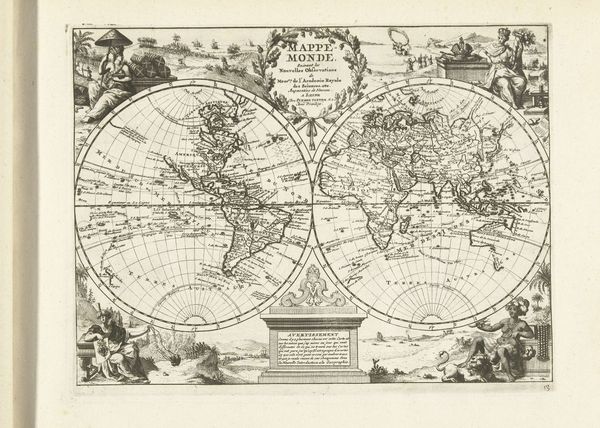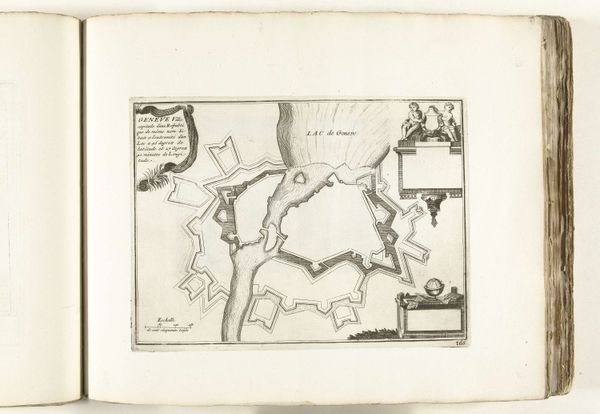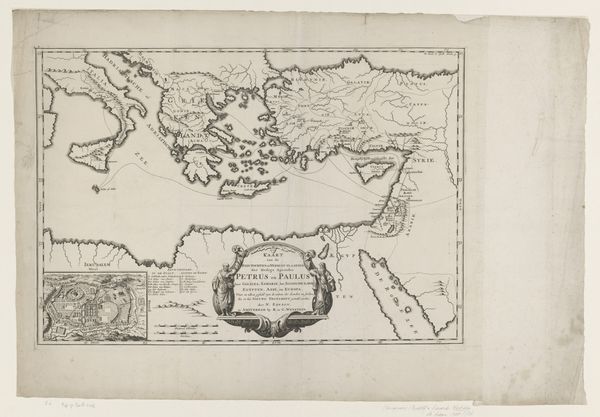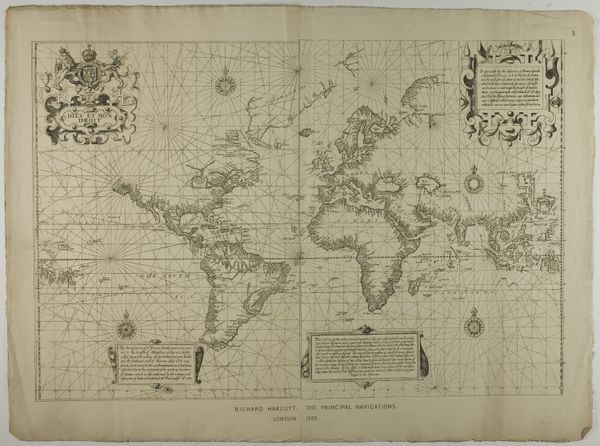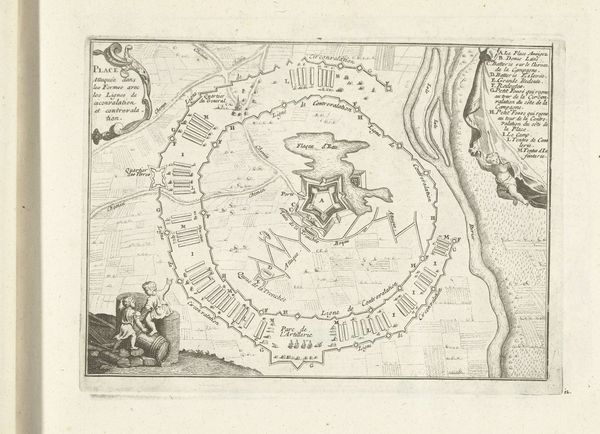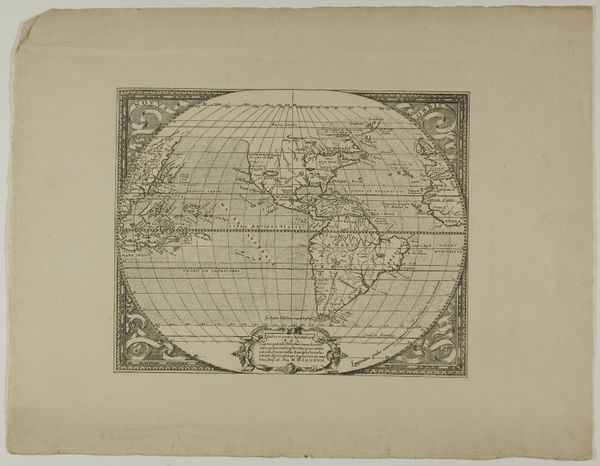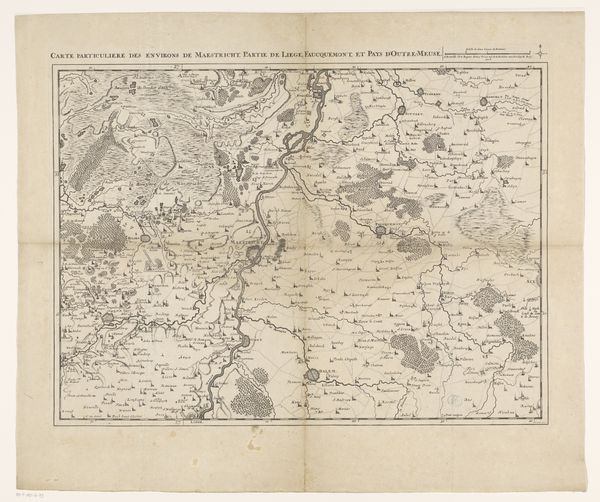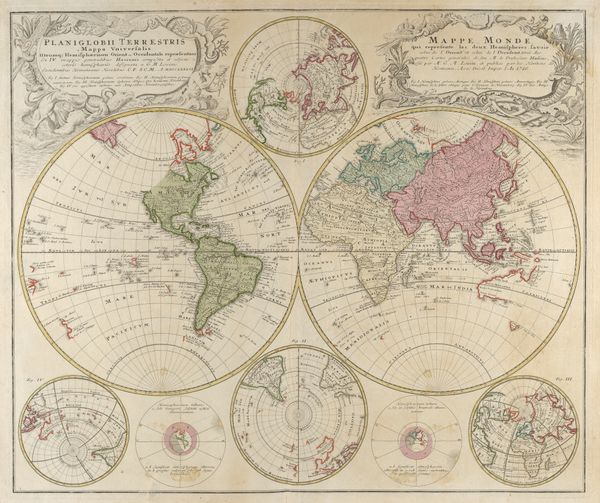
Mannen- en vrouwenkoppen, hazen, eenden en een leeuw 1833 - 1841
0:00
0:00
drawing, paper, ink
#
drawing
#
toned paper
#
quirky sketch
#
animal
#
sketch book
#
figuration
#
paper
#
personal sketchbook
#
ink
#
ink drawing experimentation
#
sketchbook drawing
#
watercolour bleed
#
watercolour illustration
#
sketchbook art
#
watercolor
Copyright: Rijks Museum: Open Domain
Curator: Immediately, this strikes me as raw, gestural, unfiltered. Look at the composition: several sketches overlapping, a study of forms more than anything else. Editor: It's like glimpsing into the artist's mind, a menagerie of associations taking shape on toned paper. We're looking at "Mannen- en vrouwenkoppen, hazen, eenden en een leeuw" – "Men and Women's Heads, Hares, Ducks and a Lion," by Johannes Tavenraat, likely done between 1833 and 1841, held at the Rijksmuseum. Curator: Indeed. Tavenraat is clearly exploring line and movement. Observe how the repeated forms—hares tumbling, ducks diving—create a rhythmic effect, a visual echo on the page. The ink, combined with watercolour, bleeds subtly, emphasizing the immediacy. Editor: Beyond the technical aspects, I see reflections of human nature mirrored in these animal sketches. The hare, often a symbol of timidity, appears several times, contrasted with the more assertive duck and, of course, the regal lion. There's a symbolic weight assigned through their depictions and the way they appear here alongside sketches of human faces. Curator: Possibly. Or it could be an aesthetic fascination with representing different textures: the soft fur of the hare versus the smooth feathers of the duck. Even the lion, though quickly sketched, displays a different kind of mark-making, denser and more assertive. The function of the watercolour appears merely accentual to highlight specific regions of each of these figures. Editor: The close arrangement of forms indicates a deep connection—a web of related meaning, or perhaps archetypes, where human qualities overlap with the animal world. Tavenraat captures not just the animals' forms, but their symbolic essence within a shared psychological space. Curator: Perhaps, but I hesitate to assign so much intention. Look closer at how the sketches interact—it's a play of positive and negative space, a carefully balanced asymmetry. Editor: In the end, both are probably true. It shows the complexity in decoding even these most informal pieces. Curator: Precisely. And what appeared at first as a simple sketch reveals its nuances with prolonged looking.
Comments
No comments
Be the first to comment and join the conversation on the ultimate creative platform.
